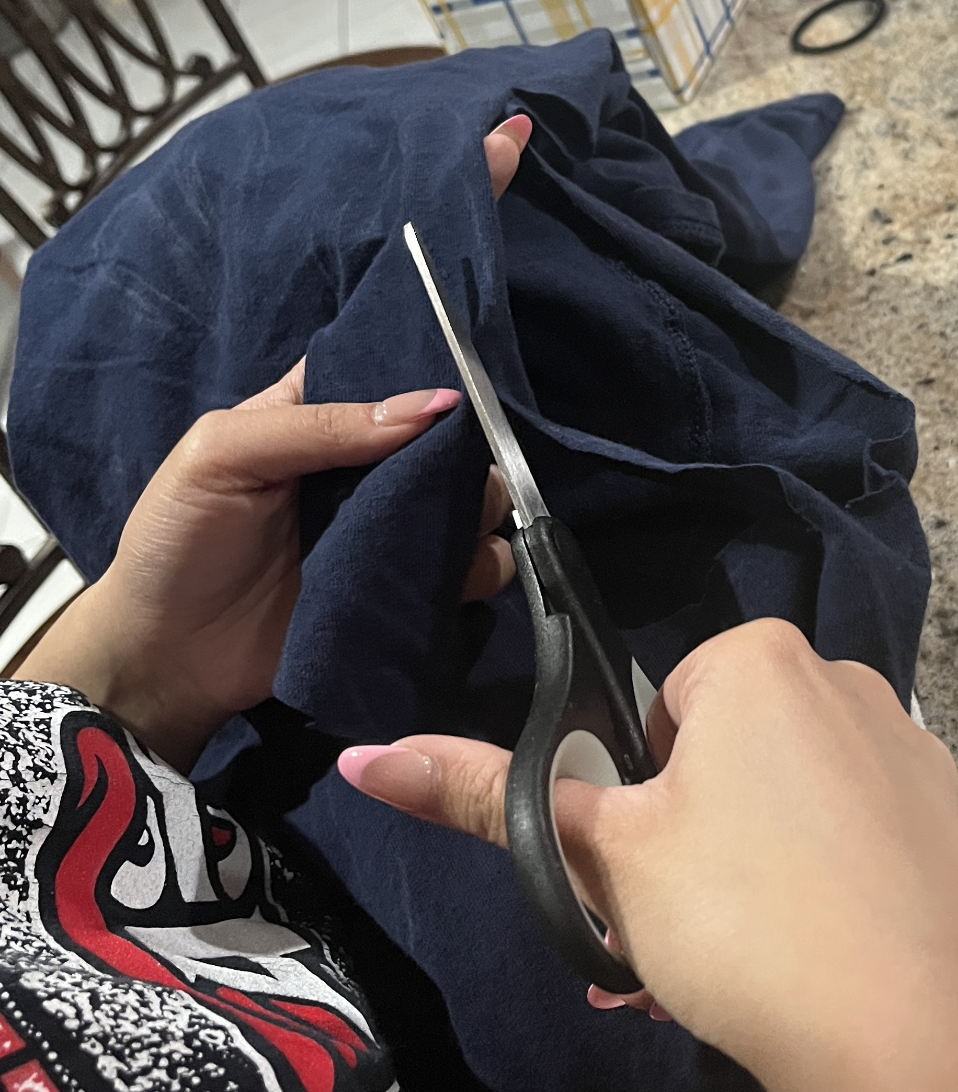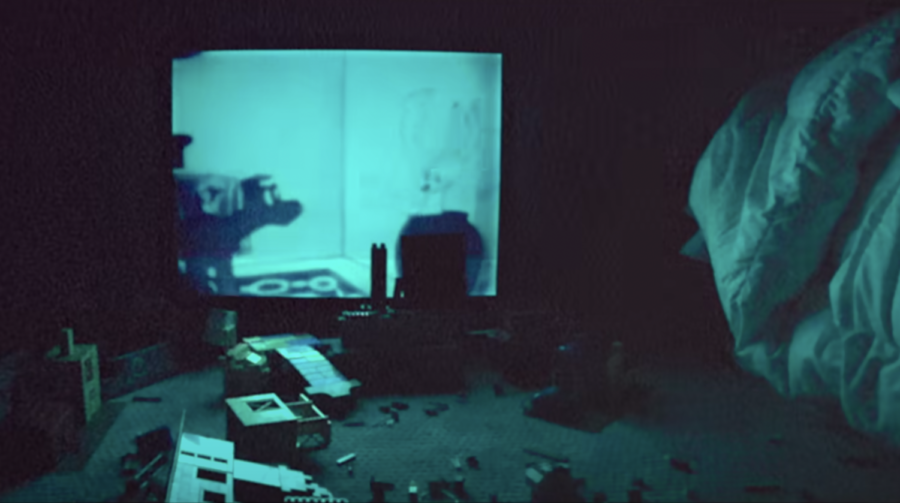Low-Budget Horror Film May Reignite Your Childhood Fears
January 26, 2023
Oftentimes childhood memories center on fond recollections of celebrations, friends and innocence gone by. Conveniently, childhood fears of the intangible, when darkness muddied the familiar waters of one’s own homes during the night, are forgotten. When in darkness, familiar objects become monstrous abstractions that the brain of a child contorts into all manner of fearful thing.
“Skinamarink” plays off these fears, which similarly still lurk in the dark of many adult minds.
“Skinamarink” is a film of obfuscation. When darkness is on screen, I found it near impossible to identify any specific element in the frame, which was further exacerbated by the presence of intense film grain. What would be considered poor filmmaking in any other genre, horror recontextualizes into an object of aversion and anticipation. What could come forth from the darkness at any moment?
“Skinamarink’s” story is bare by comparison and rife for interpretation. While there are objective events that happen to move the plot forward, I found their true meaning and even the specific details of the moment itself were left up to viewer perception and interpretation. Depending on your taste this is either lazy filmmaking or purposeful threadbare storytelling that encourages multiple viewings.
I won’t spoil the narrative in “Skinamarink,” but I encourage you to watch it. Made on a budget of $15,000 by solo director and writer Kyle Edward Ball, “Skinamarink” was filmed in his childhood home on a shoestring budget. The film combines elements of the burgeoning “analog horror” genre with techniques familiar to viewers of the “Blair Witch Project” or “Paranormal Activity.”
January is notorious amongst us cinephiles for being the driest time for good movies out of the year. Studios use this time to drop their cinematic detritus simply to get it out the door and onto their tax write-offs as an unsuccessful project. “Skinamarink” was able to wriggle itself into theaters because of these conditions and has already grossed $1.5 million in the box office.
To others it may seem that filmmaking has become more democratic as a medium, but to me successes like “Skinamarink” are rare at best these days. That amount of profit is the only tangible thing that justifies further film investment in the modern day, often leaving fantastic art on the cutting room floor. And while film technology is becoming increasingly easier to get, funding isn’t. Studios don’t invest in talent like they used to, but they should.
Go and see “Skinamarink” if you want to see a new face and a burdening genre in cinematic horror while reexperiencing your childhood fears of dusk turning to night.


























